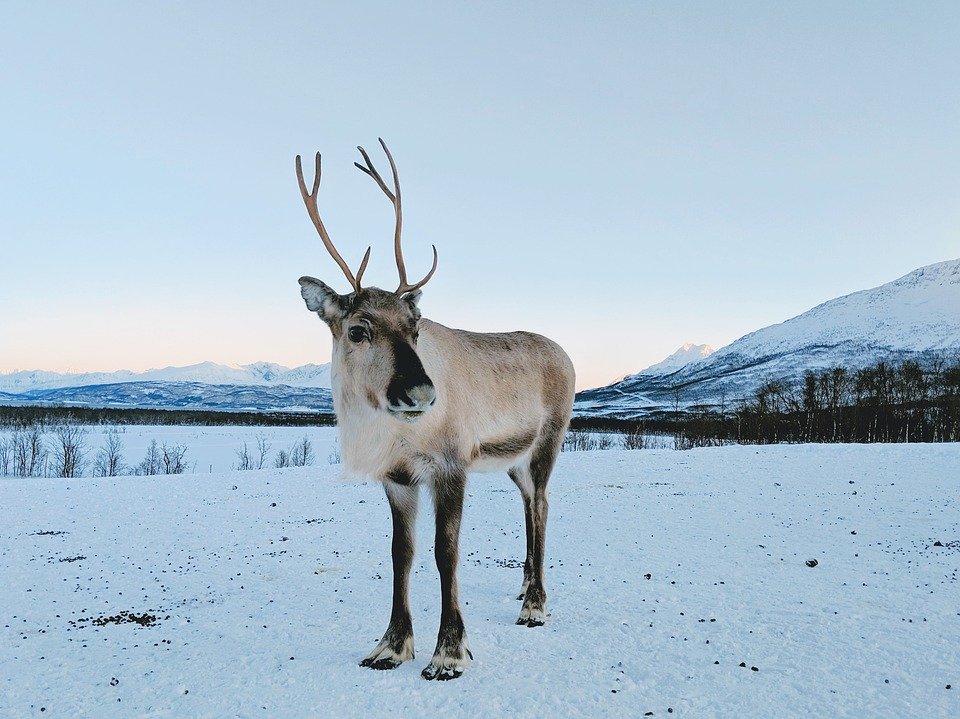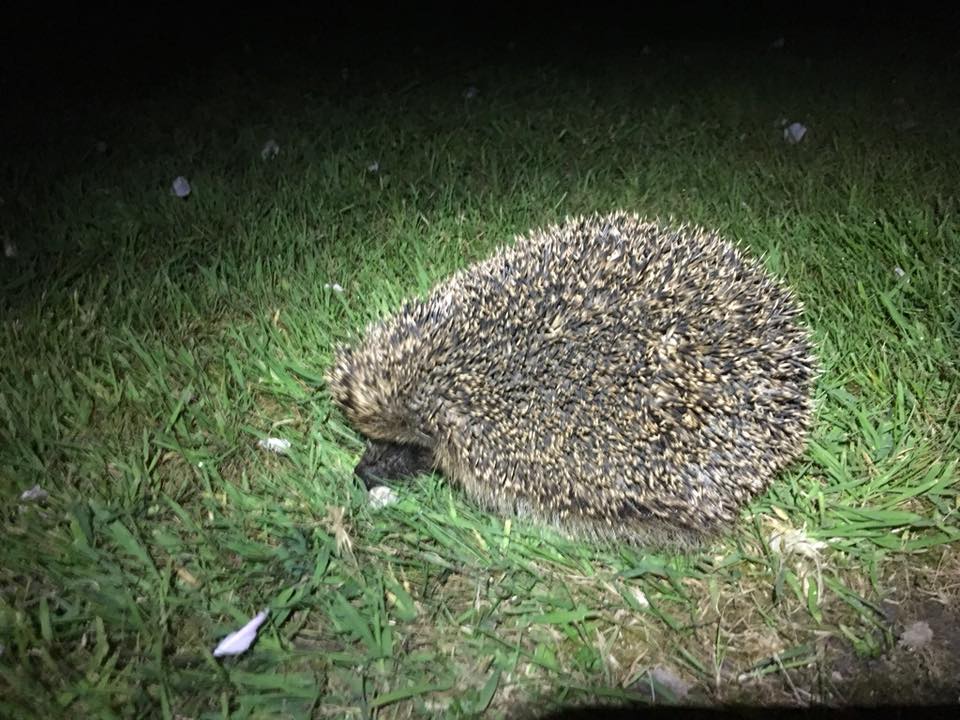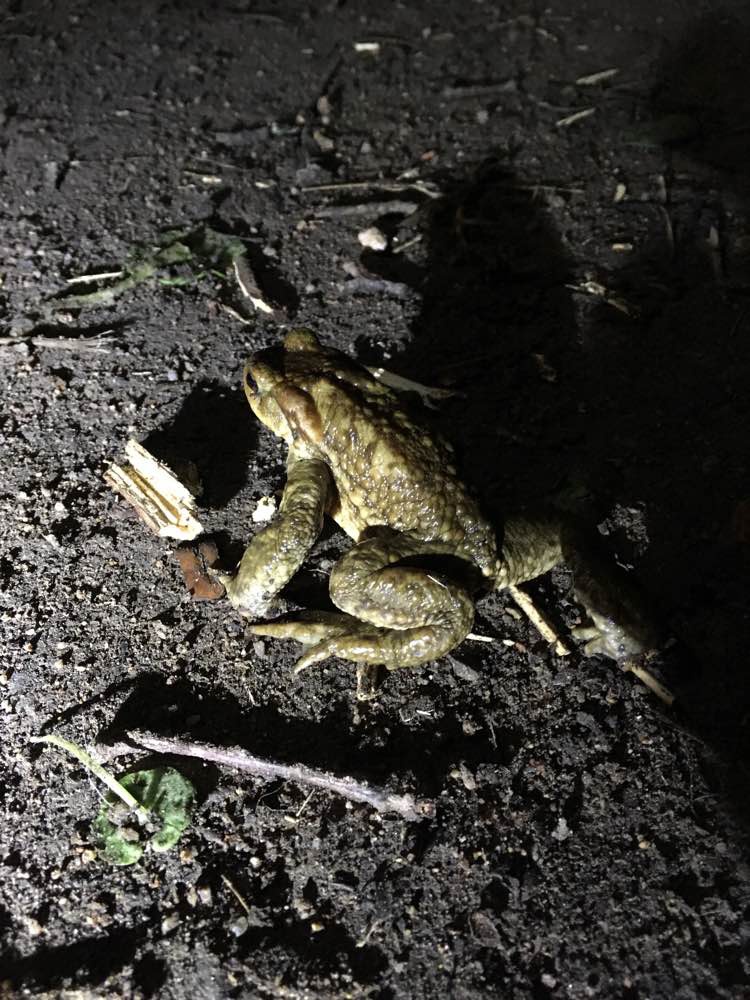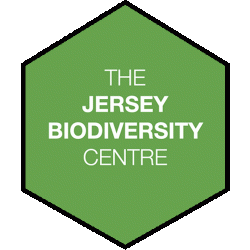Wildlife Friendly Reindeer Food Alternative
Wildlife Friendly Reindeer Food Alternative
Reindeer Food:
The reindeer food, commonly made or bought by islanders, is made to throw outside Christmas eve may contain sweets, edible glitter and plastic that may harm our lovely local wildlife.
Therefore, I have provided an alternative that is animal friendly and safe, that is linked HERE.
Animals to watch for this winter are the hedgehog, red squirrels and toads.
European Hedgehog (Erinaceus europaeus):
Habitat:
Hedgehogs are found across the UK and can live in a variety of habitats including woodland, farmland, parks and gardens.
Hedgehogs usually make burrows or nests that they build themselves. The burrows they create can be up to 20 inches (50cm) deep; the nests they make are usually made from leaves, branches and other vegetation. Sometimes hedgehogs will take over burrows that other animals may have left behind, hedgehogs may also just nestle between rocks.
Diet:
Hedgehogs have a diet of invertebrates that include beetles, slugs, earthworms and caterpillars are all on the menu. They may occasionally also eat carrion and eggs of ground nesting birds. They do tend to eat human food left out as well as cat food. You can also feed them hedgehog food that can be bought from garden centres.
Red Squirrel (Sciurus vulgaris):
Habitat:
The red squirrel is an arboreal mammal that lives in trees within woodland, agricultural areas, suburban areas. They tend to exploit pockets of trees as well as woodlands connected by hedgerows as well as other wildlife corridors.
Squirrels live in a ‘drey’, this is a ball about the size of a football made of interwoven twigs. The insides are lined with soft material such as moss, leaves, grass and fir. These are usually located in a fork of a branch against the tree trunk around two thirds up the tree. They tend to have more than one ‘drey’ as well as have been observed often transferring things from on ‘drey’ to the another.
Diet:
They mostly eat seeds from plants and trees, they may also eat fungi during the winter and autumn. In the spring when food is scarcer their diet will extend to include plant shoots, bulbs, flowers, wild fruits and berries even may occasionally eat bird eggs. Supplementary feeding boxes may be provided and would include a good quality mix of squirrel hazelnuts (in shells), linseed, pine nuts, peanuts (limited), sunflower seeds, fruit and vegetables (e.g. apples and carrots), this must only be put out in small sources every 3-4 days.
Crapaud/Spiny Toad (Bufo spinosus):
Habitat:
This toad has evolved to take advantage of smaller ponds that have dried up over the summer in dryer as well as often open habitats. They have adapted to smaller breeding ponds and open landscapes.
Diet:
These toads eat invertebrates such as insects, larvae, spiders, slugs and worms; they catch these invertebrates on their sticky prehensile tongues. Larger toads may also consume slow worms, small grass snakes and harvest mice, which are swallowed. Toads most commonly hunt at night as well as are most active in wet weather.
Daniel, Student volunteer
06/12/19
Photo credit: Hedgehog by Edward Bell, Squirrel by Kay, Toad by Krissy.



